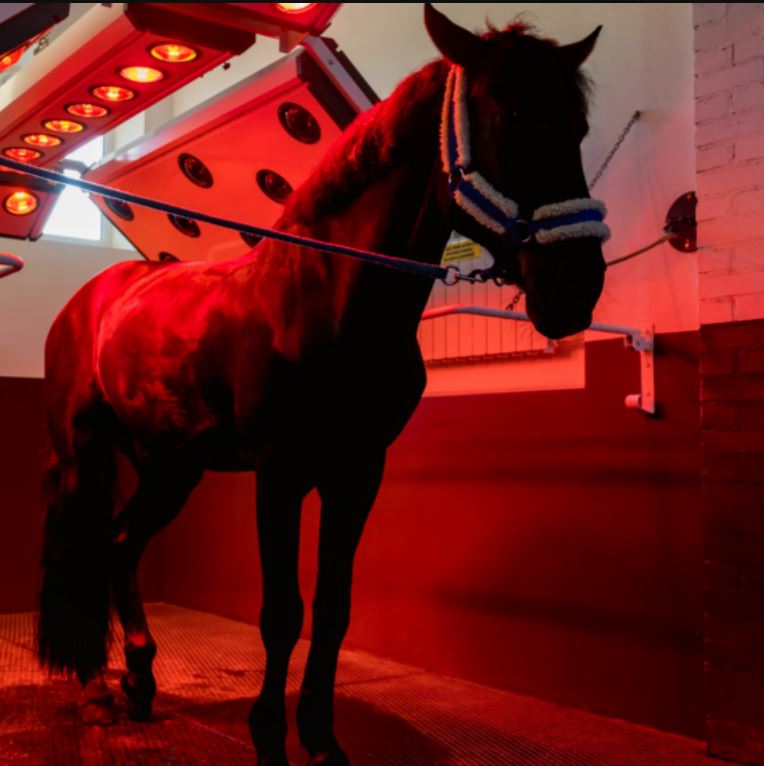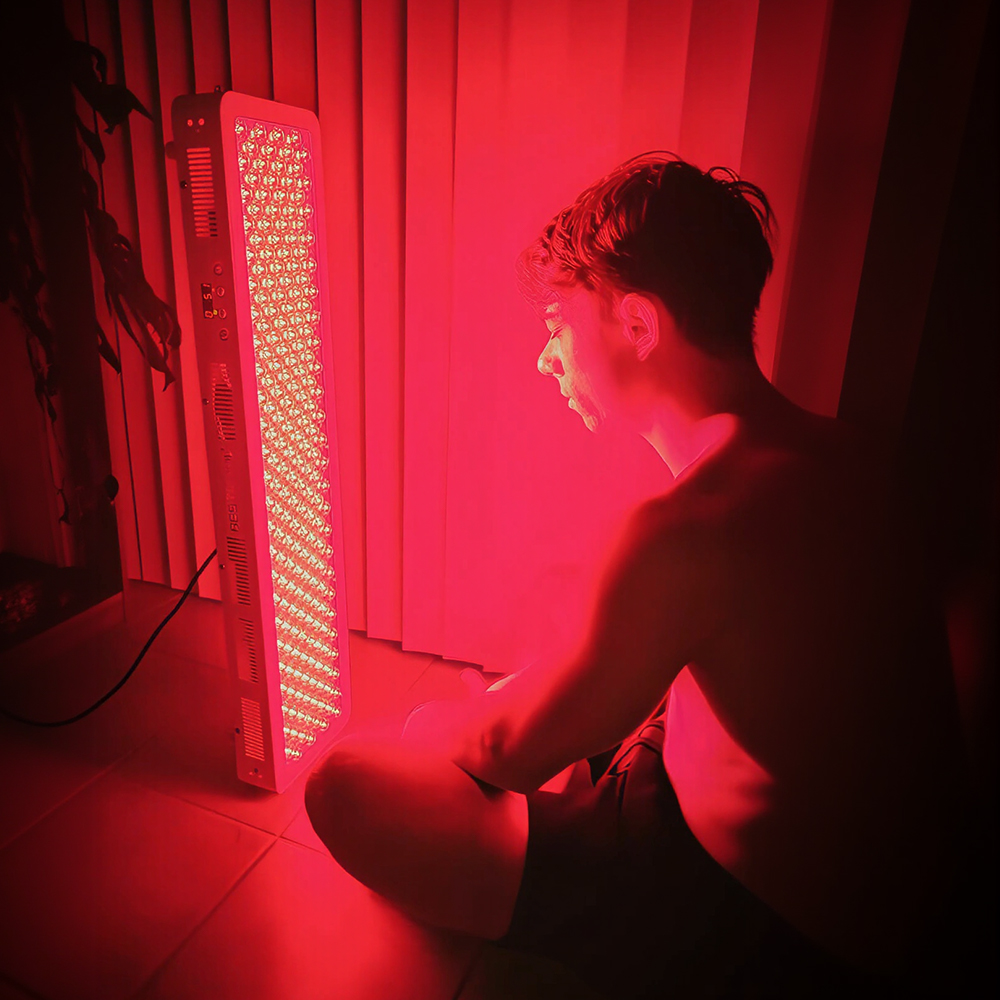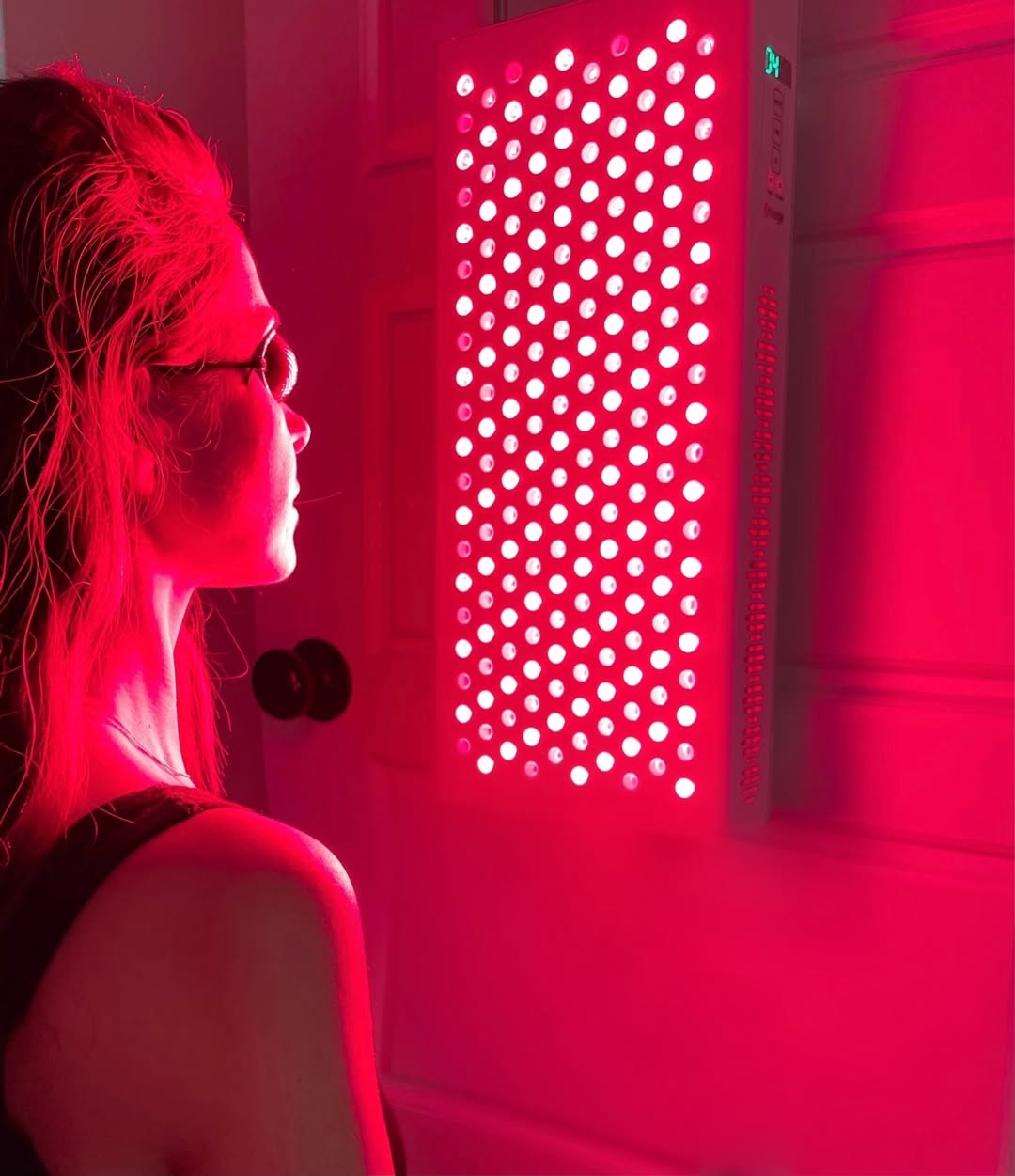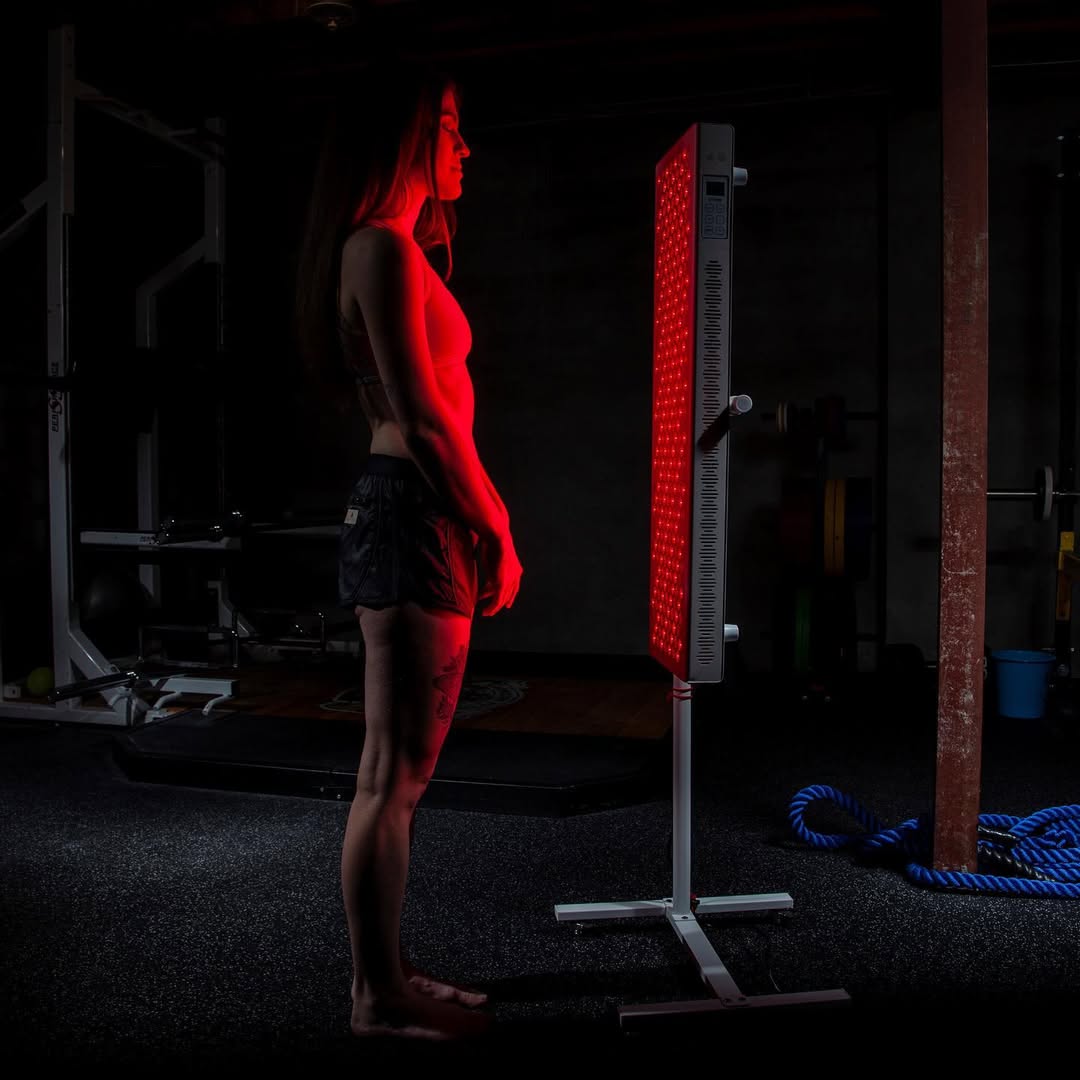![]() Free Shipping
Free Shipping ![]() Buy Now, Pay Later
Buy Now, Pay Later ![]() Eligible
Eligible
Can Red Light Therapy Enhance Performance for Equestrian Athletes?

Equestrian sports demand peak physical and mental performance from both horse and rider. From dressage to show jumping, endurance riding to eventing, the partnership between athlete and equine requires strength, agility, focus, and recovery. In recent years, red light therapy (RLT)—also known as photobiomodulation (PBM)—has gained attention as a potential tool to enhance performance, accelerate recovery, and improve overall well-being. But can this innovative treatment truly benefit equestrian athletes? Let’s explore the science, benefits, and real-world applications of red light therapy in the equestrian world.
What Is Red Light Therapy?
Red light therapy involves exposing the body to low-wavelength red and near-infrared (NIR) light, which penetrates the skin to stimulate cellular energy production (ATP). This process enhances mitochondrial function, reduces inflammation, and promotes tissue repair. Originally developed by NASA for wound healing in space, RLT is now used in sports medicine, dermatology, and veterinary care.
How It Works:
- Red light (630-700 nm): Supports skin health, collagen production, and surface-level healing.
- Near-infrared light (700-1100 nm): Penetrates deeper into muscles, joints, and bones, aiding recovery and reducing pain.
Potential Benefits for Equestrian Athletes
Both riders and horses endure physical stress—whether from training, competition, or repetitive movements. Here’s how RLT could enhance performance:
1. Faster Muscle Recovery
Riders engage core, leg, and back muscles extensively, often leading to soreness and fatigue. Studies show that RLT can:
- Reduce muscle fatigue by decreasing lactic acid buildup.
- Speed up recovery post-training or competition.
- Enhance muscle repair by boosting blood flow and reducing oxidative stress.
2. Joint and Tendon Health
Equestrians frequently deal with joint strain, especially in the knees, hips, and lower back. RLT may:
- Reduce inflammation in tendons and ligaments.
- Promote cartilage repair, beneficial for riders with chronic joint issues.
- Alleviate stiffness from long hours in the saddle.
3. Improved Focus and Mental Clarity
Competitive riding requires intense concentration. Red light therapy has been linked to:
- Enhanced cognitive function by increasing cerebral blood flow.
- Reduced stress and anxiety, helping riders stay calm under pressure.
4. Skin and Wound Healing
Riders often face saddle sores, blisters, or minor injuries. RLT can:
- Accelerate wound healing by stimulating collagen production.
- Reduce scar tissue formation, keeping skin healthy.
Red Light Therapy for Horses
Horses, like their riders, also experience muscle fatigue, joint stress, and injuries. RLT is increasingly used in equine sports medicine for:
1. Accelerated Injury Recovery
- Tendon and ligament injuries heal faster with improved cellular repair.
- Reduced swelling and pain in conditions like arthritis or hoof inflammation.
2. Enhanced Performance
- Improved muscle oxygenation leads to better endurance.
- Faster post-race/training recovery, allowing more consistent performance.
3. Stress Reduction
- Calming effects on nervous or high-strung horses, improving focus during competitions.
VELLGUS Elite V2
THE #1 RATED RED LIGHT DEVICE
VELLGUS pro V2
THE #1 RATED FULL BODY RED LIGHT DEVICE
Real-World Applications in Equestrian Sports
Several elite riders and trainers have incorporated RLT into their routines:
- Charlotte Dujardin (Olympic dressage gold medalist) has used light therapy for both herself and her horses.
- Eventing teams utilize RLT devices to manage muscle soreness and prevent overuse injuries.
- Equine rehabilitation centers employ RLT for post-surgery recovery and chronic pain management.
How to Incorporate Red Light Therapy
For riders:
- Portable RLT devices (panels, wraps, or handheld units) can be used pre- or post-ride.
- Target areas: Lower back, knees, shoulders, and any sore muscles.
For horses:
- Veterinary-grade RLT systems are applied to legs, back, or injured areas.
- Regular sessions (3-5 times weekly) show cumulative benefits.
The Verdict: Is RLT Worth Trying?
While more research is needed, current evidence suggests that red light therapy can be a valuable tool for equestrian athletes—enhancing recovery, reducing pain, and potentially boosting performance. Whether you’re a professional rider or a weekend competitor, integrating RLT could offer a natural, non-invasive edge in a demanding sport.
Would you try red light therapy for yourself or your horse? The future of equestrian performance might just be shining in red light!
Final Thoughts
As technology advances, equestrian sports continue to embrace innovative therapies. Red light therapy stands out as a promising option—backed by science and championed by athletes. If you’re looking for a way to ride stronger, recover faster, and perform better, it might be time to step into the light.








